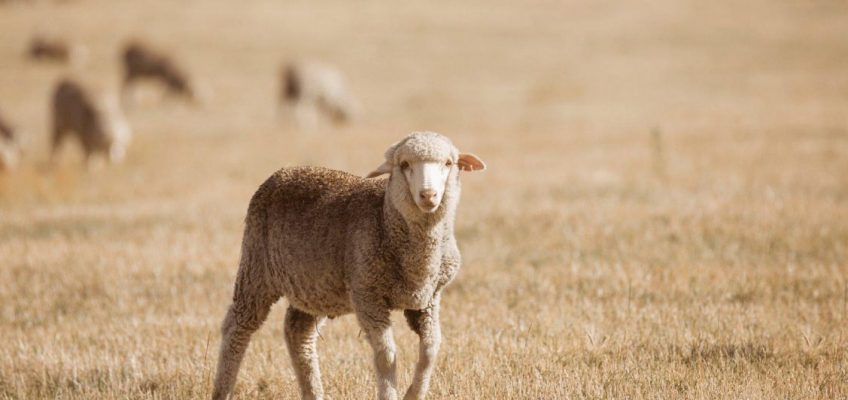In October 2017, the MLA introduced a new requirement for farmers to renew their Livestock Production Assurance (LPA) accreditation every three years. While some farmers have already completed this process since this time, others may not have yet received notification that there is a renewal requirement and are set to receive one within the coming months.
Some farms may not yet have this accreditation at all. With this in mind, Southern Dirt felt it would be advantageous to break down the process and explore the requirements for accreditation, and more importantly, the disadvantages of not participating in the scheme.
At a glance
The LPA program is the Australian livestock industry’s on-farm assurance program covering food safety, animal welfare and biosecurity. It provides evidence of livestock history and on-farm practices when transferring livestock through the value chain.
It is important to note that participation in the scheme is voluntary, however highly encouraged. According to the MLA, ‘producers who choose to become LPA accredited commit to carrying out on-farm practices that feed into and support the integrity of the entire system.’
The LPA program is comprised of seven separate but complementary elements. These elements are the foundation of the LPA accreditation assessment which can be completed online, and comprises of:
• Property risk assessments
• Safe & responsible animal treatments
• Stock food, fodder crops, grain & pasture treatments
• Preparation for dispatch of livestock
• Livestock transactions & movements
• Biosecurity
• Animal welfare
What happens if a producer does not complete their LPA accreditation, pays the fee or withdraws from the program?
In order to maintain your LPA accreditation, you are required to complete the online assessment and pay the fee ($60) every three years. Producers who are not accredited as part of the LPA program are unable to access the LPA National Vendor Declaration (NVD), and some supply chains may not accept their livestock, or may pay a reduced price for it.
Each time livestock are bought, sold or moved off a property, the livestock consignment must be accompanied by a form of move documentation which differs between states. Usually the LPA National Vendor Declaration (LPA NVD) meets livestock movement requirements, but other forms of movement documentation (such as state/territory- based waybills or travelling stock statements) may be used. Check with your local Department of Agriculture to determine the animal movement documentation requirements in your state. It is important to note that without an LPA NVD, your livestock may be rejected by a buyer or processor.
The MLA advises that if a producer chooses not to be accredited as part of the LPA program, by not completing or renewing their accreditation or withdraws from the program, they limit where they can sell livestock, particularly with processors who export red meat globally.
On-farm assurance audits
All LPA accredited producers – from large scale operators to hobby farmers – may be audited. Subjects for audits are selected at random from the database of LPA accredited producers and approximately 2,000 audits are conducted each year.
According to Integrity systems, producers should review on-farm practices against the audit checklist included in the LPA Audit Notification Pack to ensure their operation is up to date. This will help identify any areas that may need attention before the audit, ensuring the process is as smooth as possible.
Preparing for the accreditation assessment
Farmers are encouraged to study and prepare for the accreditation assessment before attempting to complete it online. The most comprehensive resource available for preparation is the LPA Learning Handbook which can be downloaded here.
Additionally, if you have an LPA account already, you can access the learning materials once logged in.
If you are currently not accredited but would like to start the process, register your Property Identification Code (PIC). If you are unsure if your PIC is already LPA accredited, you can use the accreditation search tool to check.
So, what does this all mean?
MLA’s LPA accreditation system is part of their Integrity System 2025 and Beyond Strategic Plan. Their vision is that their integrity system remains recognised and trusted globally as delivering a quality red meat product that is produced to rigorous standards, is valued by industry, and is embedded in the culture of Australian livestock management.
LPA is a voluntary industry program, however the majority of meat processors require livestock to be sourced from LPA-accredited properties and accredtation is highly encouraged. Livestock producers (no matter how big or small) can become LPA accredited.
Producers who are not accredited as part of the LPA program are unable to access the LPA National Vendor Declaration (NVD), and some supply chains may not accept their livestock, or may pay a reduced price for it. However, without LPA accreditation, you could still move livestock using a Waybill.


